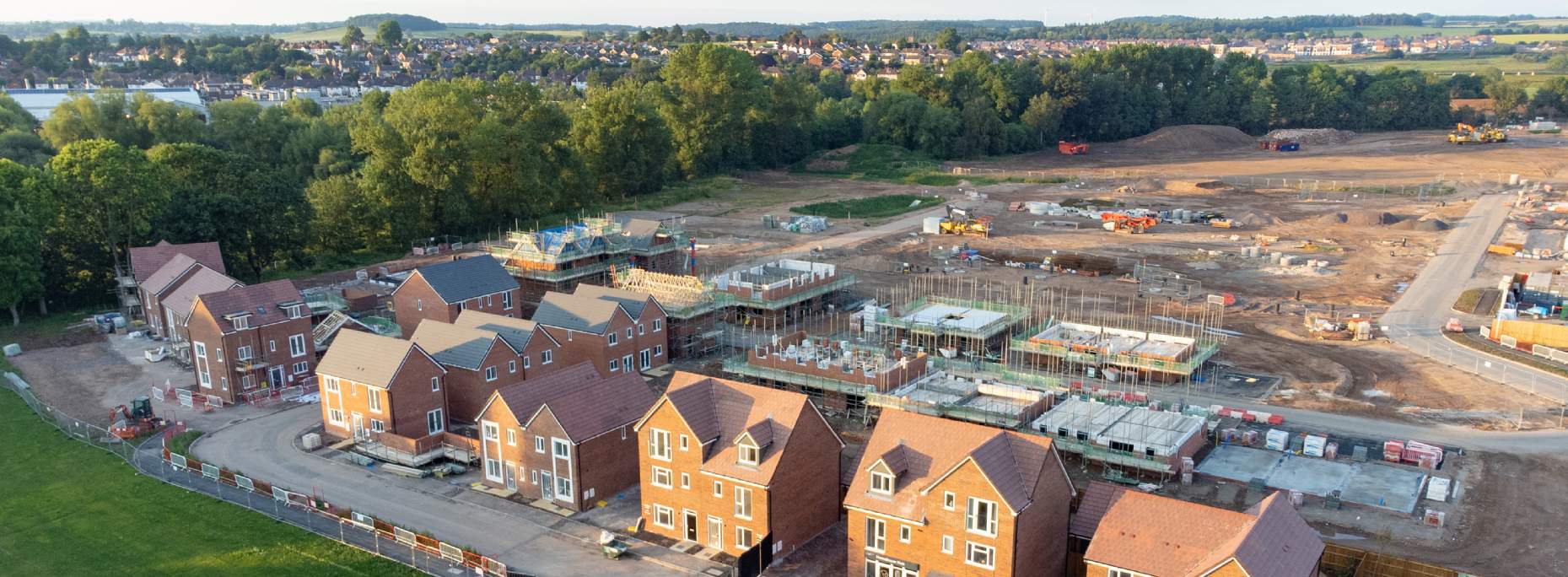The Challenge of the test
50 out of 309 English local authorities have delivered less than 75 per cent of their housing requirement in the three years to March 2021. According to the sanctions set out in the 2021 Housing Delivery Test, future planning decisions across these areas will be subject to presumption in favour of sustainable development.
Almost three quarters of all local authorities in England have passed the test under the 2021 measurement, delivering over 95 per cent of their housing requirement in the three years to March 2021. Local authorities passing the test delivered a total of 578,000 homes over this period, against a requirement of 383,000.
The remaining authorities delivered between 75% and 95% of housing requirement over the test period. Those delivering between 75% and 85% of their requirement will need to apply a 20% buffer to their housing need figure in order to mitigate potential future under delivery. Those delivering over 85% will face a lesser sanction, and will simply need to put together an action plan exploring ways to reduce the risk of further under delivery within the next year.

.jpg)